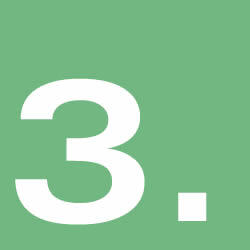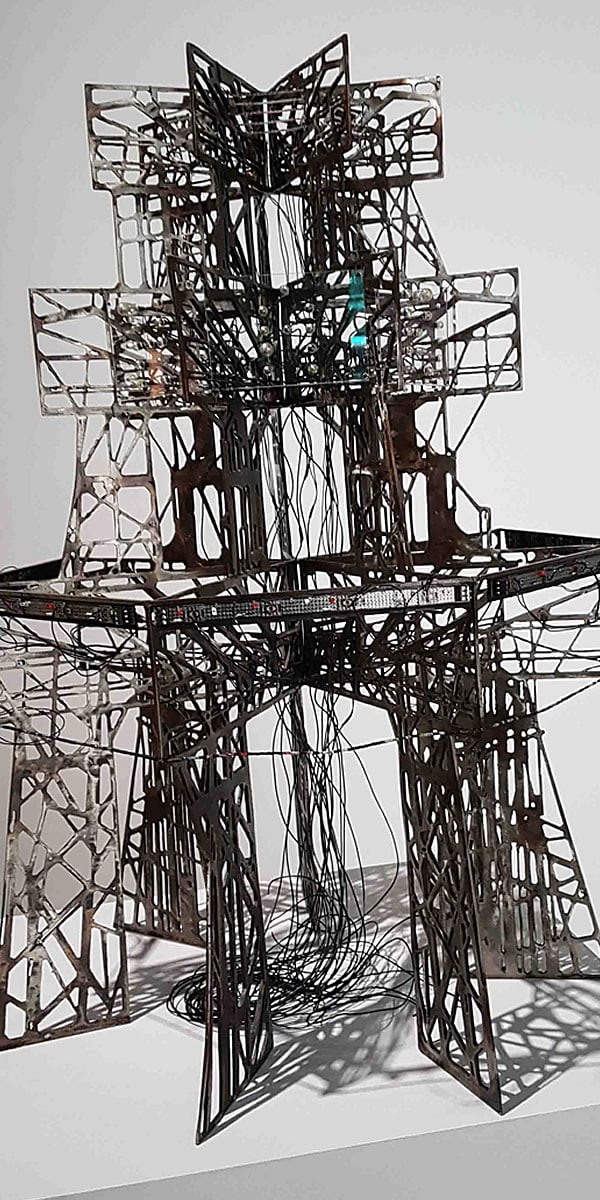Part 2
Five of the Most Important Questions We Ask Art Collectors
Let’s take a close look at how we assist art collectors in bringing their art collections out on display in exhibitions for the general public to enjoy. When art collectors first approach us, it is normally by recommendation from a museum, gallery, or another collector and rarely from a search engine. Typically, on first contact, there are a few essential questions that we ask to start the ball rolling that will determine how we proceed:
Nonetheless, we are equally curious to discover the journey both art collectors and artwork have embarked upon and the stories they tell. There are many more questions to ask, but let’s focus on these five most important ones, to begin with, most of which are interconnected.
FIVE questions

What makes your collection special?
If you have unseen masterpieces in your collections, then you are off to a promising beginning. With the fitting marketing support, there will be enough visitors to make it a huge financial and social success. Art collectors might even be in the fortunate position that you have to limit the number of people in the exhibition at any one time to allow them to view what is on display.
However, if your collection is not in this privileged position, it is necessary to do your research. There is no point in designing the most impressive exhibition only to find out you’re competing at the same location and time as another collection of similar content.
Each collector will be assisted by experts or scholars in learning about the stars and supporting items in their collections. Or as I like to call them, “Generals and Troops.”

Has the art previously been on display?
When considering displaying art that has been exhibited before, it is important to thoroughly evaluate its previous public exposure. This involves gathering detailed information on the last exhibition, such as the venue, duration, and target audience. By doing so we can gain a better understanding of how the artwork was received by the public and how it can be marketed differently this time around.
However, it is worth noting that displaying art that has been exhibited before is not always negative. It can be positive if the artwork/object holds significant historical or cultural value and is exhibited at prestigious venues like the British Museum, MOMA or the Louvre. Such a display can provide influential anchorage and help attract a more diverse audience. Nevertheless, it is essential to weigh the positives and negatives of displaying previously exhibited art to ensure maximum marketing exposure. Factors such as the artwork’s condition, competition from other exhibitions, and the cost of exhibiting must be carefully considered to create a compelling marketing strategy that resonates with the visitors.

How many art pieces are there to be displayed?
At this stage, it is unnecessary to determine exactly how many objects will be in the exhibition. Nonetheless, a sound understanding of the numbers, variety, and physical size of the art to be displayed will define how much space is required at each venue. Our design approach will help determine the precise amount of space needed to accommodate the collection at each location.

How many locations or venues?
If the collection is only shown in one venue, the exhibit design can be tailored specifically to the available space and layout. Where there will be multiple locations, the exhibition design must be adaptable enough to change as it moves from venue to venue. Generally, most museums or exhibition temporary exhibition spaces will have very different floor layouts and size variations. If these variations are too significant, then it sometimes proves necessary for the art collector to cut the size of the exhibits.
It is often the case that art collectors might already have one or two venues secured, but either the museum or venue cannot yet commit to a space, or they ask the collector how many square metres their exhibition requires.
We design the exhibit based on determining the optimal number of square metres required to exhibit because the collectors may not yet have a location. This can then be provided as a guide to potential museums or venues that are keen on taking the exhibition. If venues have been secured, we can analyse each relevant space and its layouts to see how we can design a generic design that will work seamlessly.
How do we achieve this? If possible, we prefer to visit each museum gallery or exhibit space to get a feel for how people enter and interact with the area. “Can’t you do this from photographs?” people ask, and the answer is “, Yes, we, of course, can.” Nevertheless, for me, when walking through a space, you get a genuine understanding of scope and light. It also provides an opportunity to look in real detail to prevent hidden problems that might show themselves further down the exhibition line. This isn’t always apparent from studying drawings, photos, or videos.
Moreover, at this time, I think it is meaningful to talk with venue staff who can provide insight into their visitors and the daily workings of the location. Once these site visits are concluded, the necessary information has been gathered and collated from the various sources, and the actual conceptual design stage can begin.
“displaying art collections through dialogue and seen as a seamless whole.”
For this concept design stage of the project, we like to use large-scale 3D foam card models composed on a large scale to work on and test potential ideas. There would be one of these concept design models produced for each venue. Of course, we can design the exhibit in isolation so that the art collectors/collector occasionally returns to view the design concept and pass comments. Alternatively, we accomplish this concept-design stage by working with the collector or curator.
Collaborating with the client in a design workshop is our preference because they understand their collection far better than we ever will. Their expertise, combined with our display and exhibit design abilities, makes exhibitions that people can identify with and discuss. In the workshop, we generate models that have a 1 meter (3 feet) square grid printed across the floor plan of each venue. This grid instantly enables even the most inexperienced eye to see how much space is available. This is especially useful when working on potential visitor flow and health and safety concerns.
These beneficial large-scale models (model examples below) allow the design team to test ideas to see if they work for each of the locations. This permits us to incorporate design layout flexibility, so we know how to tailor the exhibit or individual space to accommodate our design while keeping its very essence.
Once the workshops are completed, we will have concept designs that include everything and work for each of the venues. These concept exhibition designs, if required, can then be generated into CGI images and computer walk-throughs to share with interested parties.
One further advantage of the model for the collector is that it provides the capability to apply costs to each element of the exhibit. This way, a comprehensive budget for the project can be established. This is especially imperative where the expense of the exhibition is split by the number of venues displaying the collection.

When will the exhibition open?
This is one of the most fundamental pieces of information. Time is a precious commodity and, consequently, can soon slip through one’s fingers. This is especially true if you do not have a realistic delivery schedule. Is the opening deadline possible to accomplish given other commitments, the availability of essential contractors, and manufacturers’ current lead times?

Read the entire art collection series
That first piece of art, however modest, will remain in their collection like a first love that cannot be replaced. It, consequently, seems such a shame that these phenomenal collections of man’s humanity are only seen by the very few.
Analysing the space allows the designer to interconnect a far more effective conceptual design stage. This methodology also permits a first-hand opportunity to scrutinise details as well as possible hidden problems.
Part 4 – The Design Development Stage
In this part, it’s time to discuss the design development stage. Join us!
Part 5 – The Detailed Design Stage
At this stage, we use all the collaborated and curated information to tender the project to contractors.
One of the most important aspects of the process is the delivery and installation of the display.


